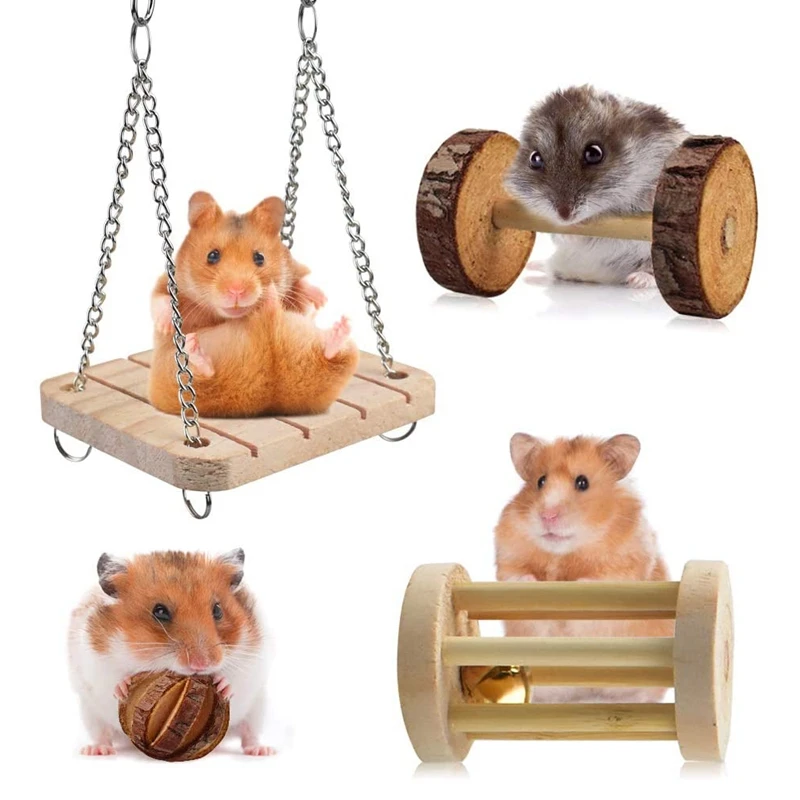How much should i feed my baby when starting solids
Balancing introducing solids with milk feeds
At around 6 months of age babies need to start having solid foods as well as breastmilk or formula. Find out how to get started with solid foods and what are the best foods to start with.
When to introduce solids?
At 6 months, your baby will still be getting most of their nutrition from breast milk or formula.
As you introduce solid foods, continue feeding with breastmilk or formula until at least 12 months of age.
Start to introduce solid foods at around 6 months of age when:
- your baby can sit up with support and has good head control
- your baby starts to show interest in food such as watching and reaching out when they see food
Even though some babies show these signs from an earlier age, continue to offer your baby breastmilk or formula if they appear hungry. This is usually all they need until around 6 months. It’s recommended that you don’t introduce solids before 4 months.
How to introduce solid foods into your baby’s diet
Start feeding your baby solids once a day. Your baby will take only small amounts of solid foods at first. Try one teaspoon at first of pureed vegetable, fruit, or rice cereal in between milk feeds.
From 6 to 9 months continue to give your baby breastmilk or formula first, then try solids after the milk.
From 9 months you can try to give solids first, then breastmilk or formula. This allows for your baby to naturally transition to solids by around 12 months.
At around 8 to 9 months try giving your baby solids as part of breakfast, lunch, and dinner.
Continue breastmilk or formula through the first year of life while foods are being introduced. From around 6 months you can try small amounts of cooled boiled water out of a sippy cup.
Which foods first?
From 6 months of age baby’s first foods should contain iron. Foods that have iron, include:
- iron-fortified baby cereals
- meat
- poultry
- fish
- legumes - lentils, beans, or chickpeas
Guidelines recommend that you can introduce foods in any order and at a pace that suits your baby, family, and cultural backgrounds, as long as some foods servings contain iron.
Your baby’s first foods can be smooth, mashed or have soft lumps.
Choose from the 5 food groups.
Vegetables and legumes
Give your baby cooked and pureed:
- pumpkin
- sweet potato
- carrots
- potato
- peas
- broccoli
- cauliflower
- zucchini
Over time puree them less so the texture gets lumpier.
Then introduce vegetables that are cooked but not pureed.
Fruit
Give your baby stewed and pureed:
- apples
- pears
- peaches
- apricots
- berries
Your baby might also like to try mashed ripe banana.
Gradually introduce pieces of cooked fruit, banana, peach and grated raw apple.
Avoid larger pieces of raw apple; babies can choke on them.
Grains and cereals
Give your baby fortified infant cereals (e.g. rice cereal) to start.
Move to cooked rolled oats, wholegrain breakfast biscuits (Weetbix, Vita Brits) or thick infant cereals.
Don’t add sugar or honey or offer cereals with chocolate or added sugar.
Meat, fish, poultry, eggs, legumes, tofu
Meat, fish, poultry eggs, legumes, tofu should always be pureed when you start introducing solids.
When your baby accepts this, offer them bite size pieces of:
- chicken
- minced meat
- flaked fresh or canned fish (in spring water)
- mashed tofu
- mashed legumes
- scrambled or mashed boiled eggs
Don’t add salt. Also avoid processed meats as they have a lot of salt.
Milk, cheese, yoghurt
Formula should be used only until your baby is 12 months old. Then small amounts of milk can be added to foods like porridge. Breast feeding is recommended to continue until the age of 2 or longer.
Grated cheese is good in mashed vegetables.
Choose yoghurt without added sugar. Add fruit for extra flavour
What drinks should I be giving my baby?
After 12 months of age breastmilk, water (clean tap water or bottled water) and full fat cow’s milk should be the main drinks you offer your baby.
Keep breastfeeding for as long as you and your baby like.
Switch from formula to full fat ordinary cow’s milk after 12 months. Your child doesn’t need toddler milk products. Offer your baby a cup to drink from rather than a bottle. Your one-year-old should be exclusively drinking from a toddler cup.
From about 12 months, you can try rice milk and oat milk (fortified with at least 100mg calcium/100mL) if you want. But these drinks don’t have enough protein and vitamin B12. Your baby will need to have plenty of meat, poultry, fish, eggs, yoghurt, or cheese to make up for what they’re not getting from cow’s milk.
How much should I feed my baby?
Your baby will grow at different rates at different times. Their appetite can vary, even from day to day.
Babies don’t know what to eat but they know how much. Provide wholesome, healthy unprocessed food choices. Take your cue from your baby. Babies tend to turn away or lose interest when they’ve had enough to eat.
Finger foods and self-feeding
By 9 to 12 months, most babies like finger foods. Finger foods are foods they can hold themselves.
Some also like to hold their own spoon at that age. It will be messy! But learning to feed themselves is important.
By 12 months, your baby can eat the same healthy food you serve your family.
Foods to limit or avoid when introducing solids
There are some foods and drinks you should limit or avoid:
- coffee and tea, herbal drinks are not recommended
- fruit juice
- honey until 12 months (to prevent botulism)
- processed foods
- raw or runny eggs (bacteria in raw eggs can be harmful to babies)
- sugar sweetened drinks
- unpasteurised milks
Low-fat milks are not recommended in the first 2 years of life. Goat’s milk, sheep’s milk, soy milk, coconut milk and almond milk should also be avoided before the age of 2 unless your doctor recommends them.
Avoid small hard foods such as whole nuts and uncooked vegetables until 3 years. These can be choking hazards.
If your family doesn’t use animal products, your baby may need a vitamin B12 supplement. Discuss this with your doctor.
Seek help from your health care professional if you are worried about your baby’s eating or development.
Fruit — give your baby stewed and pureed apples, pears, peaches, apricots and berries, or mashed ripe banana. Gradually introduce pieces of cooked fruit, banana, peach and grated raw apple. Avoid larger pieces of raw apple; babies can choke on them.
Grains and cereals — give your baby fortified infant cereals (e.g. rice cereal) to start. Move to cooked rolled oats, wholegrain breakfast biscuits (Weetbix, Vita Brits) or thick infant cereals. Don’t add sugar or honey and don’t use cereals with chocolate or added sugar.
Meat, fish, poultry, eggs, legumes, tofu — make them pureed at the start.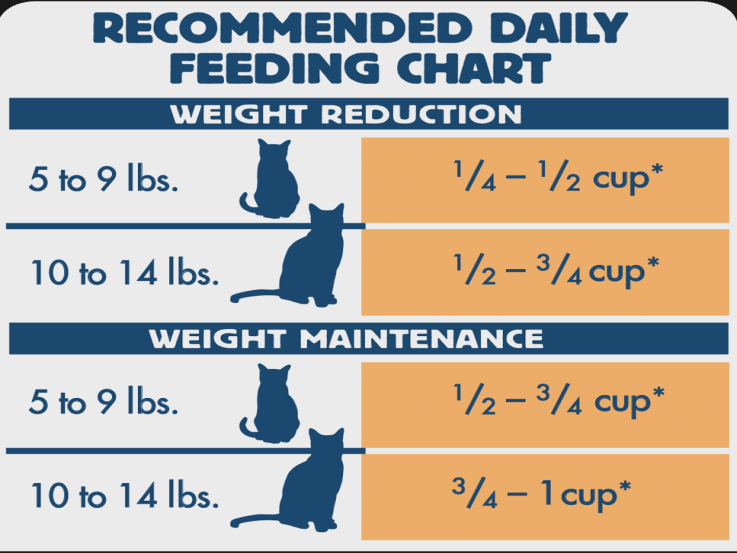 When your baby accepts this, offer them pieces of chicken, minced meat, flaked fresh or canned fish (in spring water), mashed tofu, mashed legumes, scrambled or mashed boiled eggs. Don’t add salt and avoid processed meats as they also have a lot of salts.
When your baby accepts this, offer them pieces of chicken, minced meat, flaked fresh or canned fish (in spring water), mashed tofu, mashed legumes, scrambled or mashed boiled eggs. Don’t add salt and avoid processed meats as they also have a lot of salts.
Milk, cheese, yoghurt — breast milk or formula should be used for up to 12 months, then small amounts of milk can be added to foods like porridge. Grated cheese is good in mashed vegetables. Choose yoghurt without added sugar. Add fruit for extra flavour.
How much?
Babies grow at different rates at different times. Their appetite can vary even from day to day.
Babies don’t know what to eat but they know how much. Take your cue from your baby. Healthy babies turn away or lose interest when they’ve had enough.
Finger foods and self-feeding
By 9 to 12 months, most babies like finger foods.
Some also like their own spoon at that age. It will be messy, but learning to feed themselves is important.
By 12 months, serve the same healthy food you serve your family, but without hot spices.
Encourage infants to feed themselves.
If you have stopped breastfeeding, switch to ordinary cow’s milk after 12 months. Use a cup rather than a bottle. Limit the amount of cow’s milk to around 500ml per day. Under health professional supervision, you can use full fat rice milk or oat milk with at least 100mg calcium per 100mL if you want, as long as other sources of protein are included (meat, chicken, fish, eggs, legumes or nut butters).
Your child doesn’t need toddler milk products.
If your family doesn’t use animal products, your baby may need a vitamin B12 supplement. Discuss this with your doctor.
Learn more here about the development and quality assurance of healthdirect content.
Baby's first foods: How to introduce solids to your baby
Babies are typically ready to start solids between 4 and 6 months, as long as they're showing signs of readiness, such as being able to sit upright with good head control. Talk to your baby's doctor about which foods to introduce first, particularly if you're concerned about a risk for an allergy. In general, infant cereal and pureed, one-ingredient veggies, fruits, and meats are great first foods. Try spoon-feeding or baby-led weaning, and keep up the breast milk or formula until your baby's first birthday.
Talk to your baby's doctor about which foods to introduce first, particularly if you're concerned about a risk for an allergy. In general, infant cereal and pureed, one-ingredient veggies, fruits, and meats are great first foods. Try spoon-feeding or baby-led weaning, and keep up the breast milk or formula until your baby's first birthday.
When do babies start eating baby food?
It depends. As long as your baby shows signs of readiness, your pediatrician will probably give you the go-ahead to start baby food (also called solid food or solids) any time between 4 and 6 months.
Until then, breast milk or formula provides all the calories and nourishment your baby needs. Infants don't yet have the physical skills to swallow solid foods safely, and their digestive system isn't ready for solids until they're at least 4 months old.
The American Academy of Pediatrics (AAP) and World Health Organization (WHO) recommend breastfeeding exclusively for the first six months of your baby's life and introducing solids at 6 months old. The AAP advises breastfeeding until age 1 – and longer if you and your baby want to.
The AAP advises breastfeeding until age 1 – and longer if you and your baby want to.
Signs your baby is ready for solids
Your baby will give you clear signs when they're ready. Look for:
- Head control. Your baby needs to be able to keep their head in a steady, upright position.
- Sitting well when supported. Your baby needs to be able to sit upright in a baby seat or highchair to swallow well.
- Losing the "extrusion reflex." Your baby's mouth and tongue develop in sync with their digestive system. To start solids, they should be able to move food to the back of their mouth and swallow it, instead of using their tongue to push food out of their mouth.
- Curiosity about food. Your baby may start showing interest in what you're eating, reaching for your food or even opening their mouth if you offer them a spoonful.
Starting solids by 6 months old is important for your baby's oral motor development (the use of their lips, tongue, jaw, teeth, and hard and soft palates). Also, solid foods can provide specific nutrients your baby needs, such as iron and zinc. (These are especially important if your baby has been exclusively breastfed.)
Also, solid foods can provide specific nutrients your baby needs, such as iron and zinc. (These are especially important if your baby has been exclusively breastfed.)
What are the best first baby foods?
Start your baby with any pureed, single-ingredient food. Although it used to be standard for parents to give rice cereal as a first food, that's not necessary. In fact, pediatricians often don't recommend baby rice cereal since it can contain inorganic arsenic, and it's not as nutritious as some other first foods.
Good first baby foods include
- pureed squash
- applesauce
- mashed bananas
- mashed avocado
- pureed peaches
- pureed pears
- pureed meats
- whole-grain, iron-enriched baby cereal such as oatmeal
Advertisement | page continues below
If your baby is breastfed, the AAP suggests meat as a first food because the iron in beef, chicken, and turkey helps to replace iron stores, which start to diminish at about 6 months of age.
How to introduce solids to your baby
The traditional way to start solids is by spoon-feeding your baby cereal or purees, but some parents use a different method called baby-led weaning. Using this method, you put chunks of soft, developmentally appropriate food on the highchair tray or table and let your baby grab the food and feed themself.
Here's how to start spoon-feeding your baby:
For your first few feedings, start with just 1 or 2 teaspoons of pureed solid food or baby cereal about an hour after nursing or bottle-feeding (so your baby isn't too hungry or full).
Use a soft-tipped plastic spoon to feed your baby to avoid injuring their gums. Put a small amount of food on the tip of the spoon and offer it to them. If your baby doesn't seem very interested, just let them smell the food for now and try again another time.
If you're feeding your baby ready-to-eat jars or pouches of baby food, put some into a small dish and feed them from that. (If you dip the feeding spoon into the jar, it's not a good idea to save the leftovers because bacteria from your baby's mouth will now be in the jar. ) Store leftovers in the fridge and throw away any opened baby food jars or pouches within a day or two of opening them.
) Store leftovers in the fridge and throw away any opened baby food jars or pouches within a day or two of opening them.
If you decide to start with cereal, give your baby 1 to 2 teaspoons of diluted infant cereal. Add breast milk or formula to a tiny pinch of cereal. It will be very runny at first, but as your baby starts to eat more solid foods, you can gradually thicken the consistency by using less liquid.
Begin with one daily feeding in the morning whenever your baby isn't too tired, hungry, or cranky. Your baby may not eat much at first, but give them time to get used to the experience. Don't be surprised if your baby is confused or rejects solid food at first. Some babies need practice keeping food in their mouths and swallowing.
Eventually you can start giving your baby more solid food until they're having a few tablespoons a day, over two feedings. In general, your baby could start with pureed or semi-liquid food, then move on to strained or mashed food, and finally graduate to small pieces of finger foods.
Signs that your baby is full
Your baby's appetite will vary from one feeding to the next, so a strict accounting of how much they've eaten isn't a reliable way to tell when they've had enough. Look for these signs that your baby's probably done:
- They lean back in their chair
- They turn their head away from food
- They start playing with the spoon
- They refuse to open up for the next bite (Sometimes a baby will keep their mouth closed because they haven't finished the first mouthful, so give them time to swallow.)
Food allergies and introducing solids
Experts recommend that you introduce one food at a time to your baby, and wait 3 to 5 days before introducing another food, so you can watch for any allergic reactions. It's also a good idea to write down the foods your baby samples. If they have an adverse reaction, a food log will make it easier to pinpoint the cause.
You don't have to hold off on giving allergenic foods such as eggs, peanut butter, or soy. There's no evidence that waiting to introduce certain foods will help your baby avoid allergies. In fact, there's evidence that the opposite is true.
There's no evidence that waiting to introduce certain foods will help your baby avoid allergies. In fact, there's evidence that the opposite is true.
According to the American Academy of Allergy Asthma and Immunology (AAAAI), incorporating commonly allergenic foods into your baby's diet starting at around 4 to 6 months (and continuing through childhood) may actually help prevent the development of food allergies.
Start with traditional first foods, such as iron-fortified infant cereal, pureed veggies, fruits, and meats. Once you've tried a few of these foods and your baby seems to be tolerating them well, you can introduce more commonly allergenic foods, such as soy, eggs, wheat, fish, and peanut products.
Food manufacturers have products on the market designed to help you incorporate commonly allergenic foods into your child's diet. These stir-in powders and finger foods may contain one commonly allergenic protein or a blend of several.
Special precautions need to be taken with certain babies.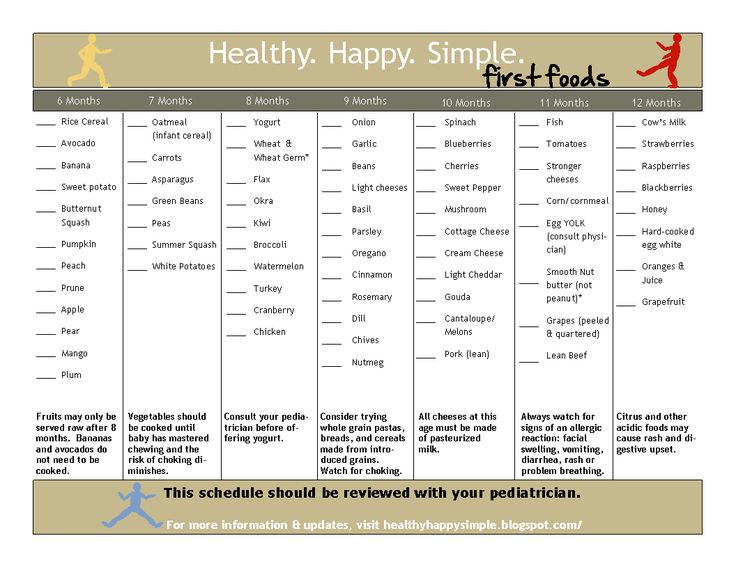 If your child falls into any of the following categories, consult with your baby's doctor or an allergist to create a customized feeding plan before adding solids to your baby's diet:
If your child falls into any of the following categories, consult with your baby's doctor or an allergist to create a customized feeding plan before adding solids to your baby's diet:
- Your baby has a sibling with a peanut allergy.
- Your baby has moderate to severe eczema despite following a doctor's treatment plan.
- Your baby previously had an immediate allergic reaction to a new food or has been diagnosed with a food allergy.
If your baby is allergic to a new food, you'll see signs of a reaction within a few minutes or hours. Most children with food allergies have mild reactions. If you notice a few hives, a new rash, or diarrhea, call your baby's doctor for advice.
If you notice wheezing, difficulty breathing, vomiting, facial swelling (including the tongue and lips), or more than two body systems affected (such as hives and vomiting), your baby may be having a life-threatening reaction called anaphylaxis. Call 911 or your local emergency number immediately.
Baby food feeding tips
- Offer fruits or vegetables in any order. Some parents may tell you to start with vegetables instead of fruits so your infant won't develop a taste for sweets. But babies are born with a preference for sweets, so you don't have to worry about introducing sweet or savory foods in any particular order.
- Feed cereal with a spoon only. Unless your baby's doctor asks you to, don't add cereal to a bottle – your baby could choke or end up gaining too much weight.
- Encourage adventurous eating. You don't have to stick with bland and boring. See how to make your own baby food and use spices and seasonings to create delicious baby food flavors.
- Give new foods time. If your baby turns away from a particular food, don't push. Try again in a few days.
- Check for added sugars and too much salt. Check the Nutrition Facts label on canned, frozen, or packaged foods for "Added Sugars.
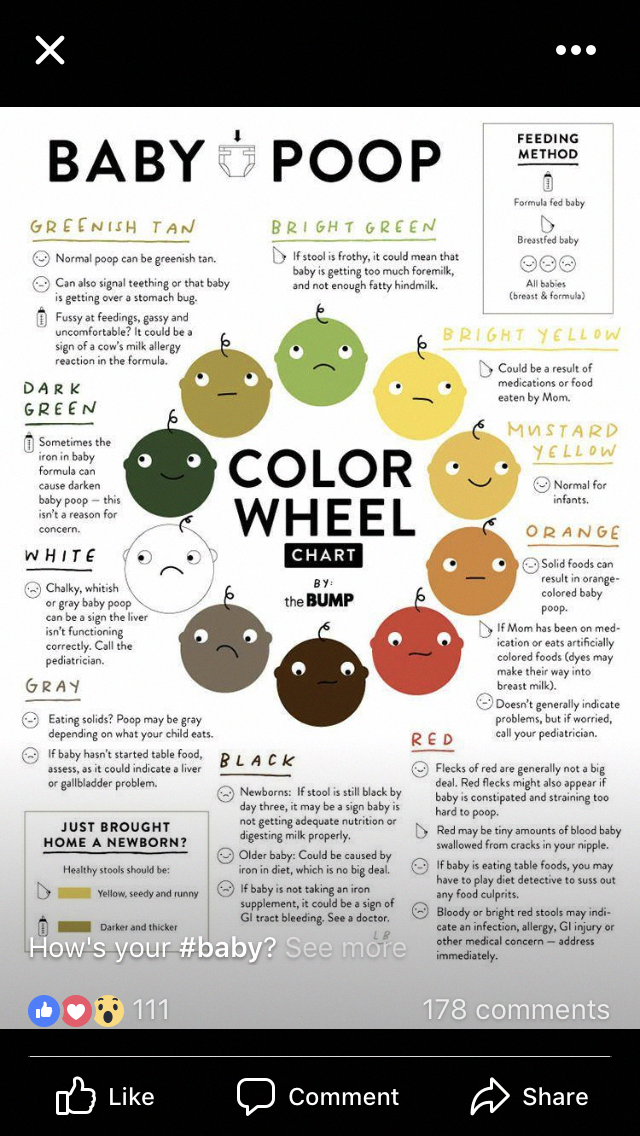 " If there's 1 gram or more listed, give your baby something else. Also look at sodium amounts. Babies shouldn't have no more than 1,200 mg of sodium per day.
" If there's 1 gram or more listed, give your baby something else. Also look at sodium amounts. Babies shouldn't have no more than 1,200 mg of sodium per day. - Avoid unsafe foods. Don't give your baby foods that could cause choking, such as whole grapes or popcorn. Babies under 1 can't have honey, cow's milk, or soy milk. Also, unpasteurized juices and undercooked fish, meat, eggs, or poultry could be a source of bacteria.
- Watch for constipation. Your baby's poop sometimes changes when their diet does. Although it's usually temporary, your baby may have constipation after you introduce solids. If you notice that your baby is having less frequent bowel movements, or that their stools have become hard or dry and seem difficult to pass, let their doctor know. Some doctors recommend adding high-fiber fruits such as pears, prunes, and peaches to a baby's diet, or giving a few ounces of prune, apple, or pear juice every day until bowel movements are back to normal.

Also, don't be surprised if your baby's poop changes color and odor when you add solids to their diet. If your baby has been exclusively breastfed up to this point, you'll probably notice a strong odor to their formerly mild-smelling stools as soon as they start eating even tiny amounts of solids. This is normal.
If your baby shies away from new foods, here are a few things you can try:
- Test a range of textures. If your baby doesn't like pear puree, try giving them pieces of very ripe pear instead.
- In a similar vein, try different cooking methods. If your baby doesn't like steamed veggies, try giving them roasted vegetables.
- Serve food at different temperatures. Some babies prefer broccoli cold rather than warm, for example.
- Combine the new food with a familiar favorite. If your baby rejects a new food on its own, mix it in with something you know they like.
- Add a dipping sauce! Try shredded chicken with applesauce, yogurt with baked apple slices, or hummus with well-cooked pieces of carrot.

- Above all, be patient. Sometimes it takes a while for a baby to get used to new flavors and textures, so keep trying and eventually they'll accept the new food.
How many times a day should my baby eat solids?
At first your baby will eat solid food just once a day. By around 6 to 7 months, two meals a day is the norm. Starting around 8 to 9 months, they may be eating solid food three times a day plus a snack. A typical day's diet at 8 months might include a combination of:
- Breast milk or iron-fortified formula
- Iron-fortified cereal
- Vegetables
- Fruit
- Small amounts of protein, such as eggs, cheese, yogurt, poultry, lentils, tofu, and meat
- High-allergy foods, if appropriate
See our age-by-age baby feeding guide for more detail on how much to feed your baby and when.
How much breast milk or formula does my baby need after we introduce solids?
Even after your baby starts solids, breast milk or formula will provide the majority of their calories and nutrition until they're 9 months to 1 year old. Breast milk and formula contain important vitamins, iron, and protein in a form that's easy to digest.
Breast milk and formula contain important vitamins, iron, and protein in a form that's easy to digest.
You may notice that as your baby starts to eat more solid foods (around 9 months old), they'll gradually decrease their intake of formula or breast milk. This is normal. Over time, your baby will take fewer bottles with more ounces in each.
Here's how much breast milk or formula babies need after starting solids:
- 4 to 6 months old: 4 to 6 feedings a day (breastfeeding, or bottles with 4 to 6 ounces)
- 6 to 8 months old: 3 to 5 feedings a day (breastfeeding, or bottles with 6 to 8 ounces)
- 8 to 12 months old: 3 to 4 feedings a day (breastfeeding, or bottles with 7 to 8 ounces)
What equipment do I need to introduce solids?
It's helpful to have:
- A highchair
- Baby bowls and plates
- Baby spoons
- Bibs
- A splat mat on the floor
You may also want to introduce your baby to a sippy cup soon after you start solids.
If you're making your own baby food, you'll need:
- A tool to puree the food, like a blender, food processor, or baby food maker
Storage containers for refrigerating and freezing extra portions (Some parents use ice cube trays – or similar devices made just for baby food – to store and freeze individual portions.)
90,000 page did not findHow to become an honorary blood donor
10 things, which can make a fraudster who seized the data of your passport
Suspicious: massive SMS with different codes from different of services
0003
Investments for beginners
Financial pillow
benefits from the state
How to rent an apartment
How to repay a loan
Diary
Financial cushion
State benefits
How to rent an apartment
How to repay a loan
See all
The thermometer broke, what should I do?
A new unified benefit for children under 17 years old from 2023: Basic conditions
As I worked in webcam
How I was deceived by 15 000 ₽ with Avito-Delivery
How to get a Green Card of the United States
cm. as I ordered a machine from Japan
How to choose the right condom: Detailed Instruction
What is credit history
How to exchange rights
The neural network draws anime: how to process photos using Diffferent Dimension ME
The best for six months
9000  All
All , which is credit history is a credit history. .22
Telegram distributes “lists of partial mobilization”: why you shouldn’t trust them
New unified allowance for children under 17 from 2023: main conditions
How to exchange the rights
10 things, which can make a scammer who has seized the data of your passport
whether it is possible to leave Russia after an announcement of the announcement of the announcement of the announcement partial mobilization
0125 11/14/22
How to get a US green card
The thermometer broke, what should I do?
How to become an honorary donor of blood
How to calculate maternity payments
cm. All Part mobilization in Russia: how will it take call
Suspicious: mass SMS with activation codes from different services
How to register a car in the traffic police
How to choose the right condom: detailed instruction
Persons anime: how to process photos using DiffientenSion Me
0026
Courses will help
landscape house
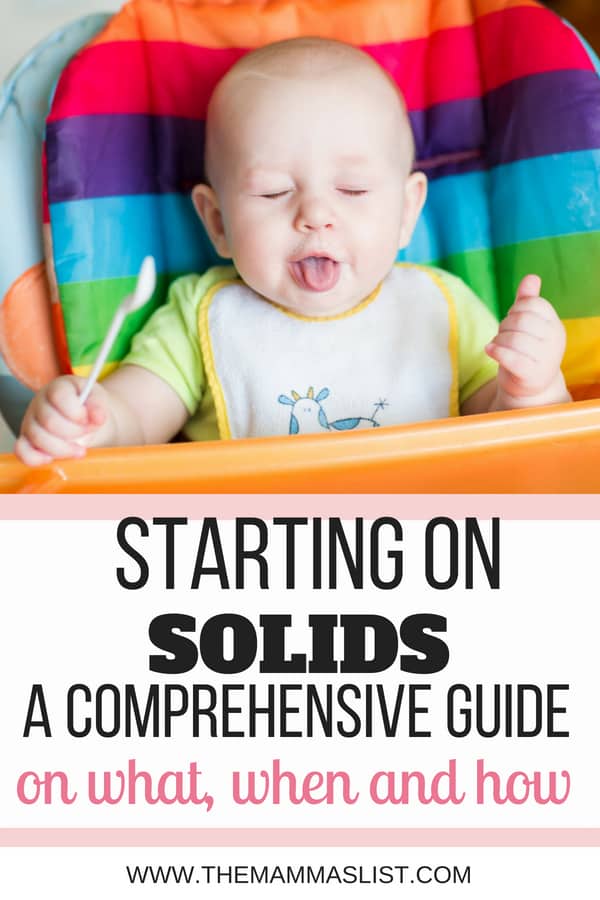 01.21
01.21 Earn on shares
Start investing
Disassemble0003
travel safely
Earn on a credit card
Do not lose with a mortgage with a mortgage of
Do not go bankrupt to health
Sort garbage
004
Take a dog
To be self -employed
Live in Russia
9000 blood donor 10 things that a scammer can do if he gets hold of your passport data
0003
Benefits from the state
How to rent an apartment
How to repay a loan
Spending diaries
Investments for beginners
Pillow
benefits from the state
How to rent an apartment
How to extinguish a loan
cm. All
broke a thermometer, what to do?
New unified allowance for children under 17 from 2023: basic conditions
5 14.11.22
How to use the neural network to generate drawings Midjourney: Correctly draw up a request
How to register a car in the traffic police
See all as I was deceived by 15,000 ₽ C with a blank. Avito-dusk ”
How to get a USA USA
How I ordered a car from Japan
How to choose the right condom: detailed instruction
What is credit history
How to exchange rights
Neural network draws anime: how with the help of Different Dimension Me
Best of six months
What is credit history
In Telegram are distributed “Lists of partial mobilization”: why do not they should believe
A new unified benefit for children under 17 years old from 2023: Basic conditions
How to exchange rights
10 things that a scammer who has taken possession of your passport data can do
0003
How I was deceived for 15 000 ₽ with Avito-Delivery
How I ordered a car from Japan
how to get a green US map
The thermometer broke, what should I do?
How to become an honorary blood donor0003
Partial mobilization in Russia: how will it be, who will fall, who will not be called
Suspicious: Mass SMS with activation codes from different services
How to register a car in the traffic police
How to choose the right condom: detailed instructions0003
How to use a neural network to generate drawings Midjourney: We make a request for
Courses will help
19000 11.21
Beat burnout
Choose an apartment
Improve life with the help of Excel 2901 29004
0006
Earn on shares
Start investing






